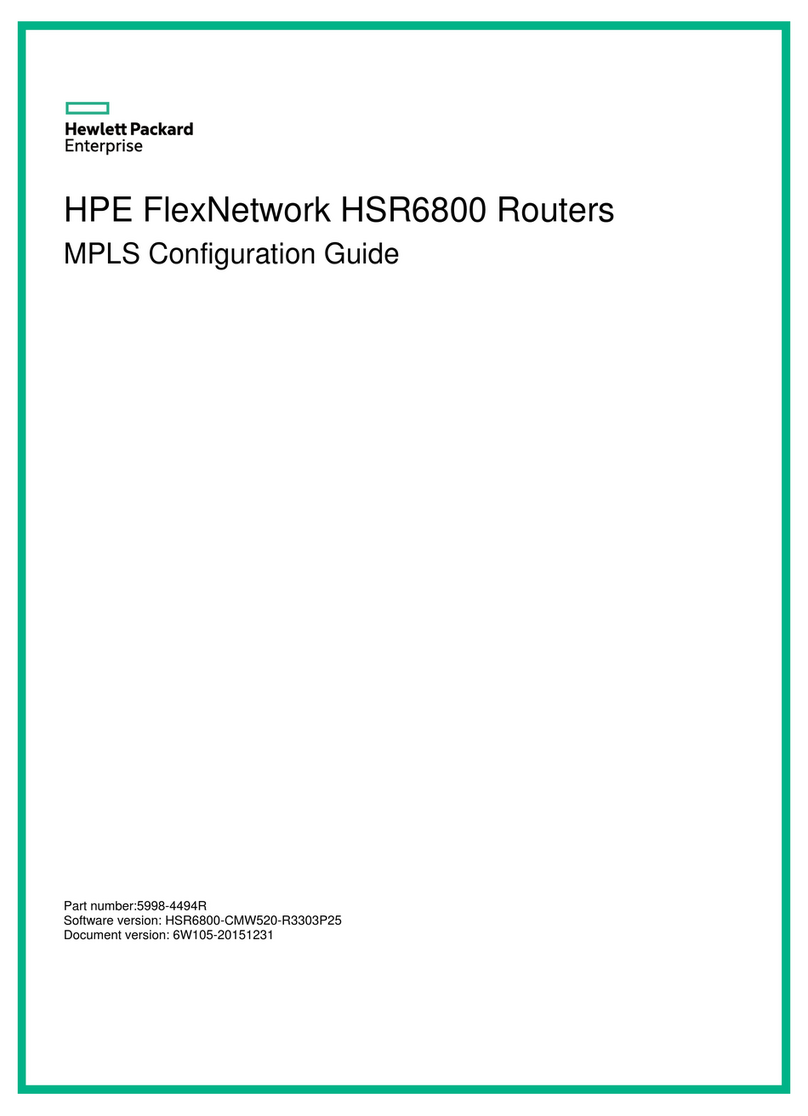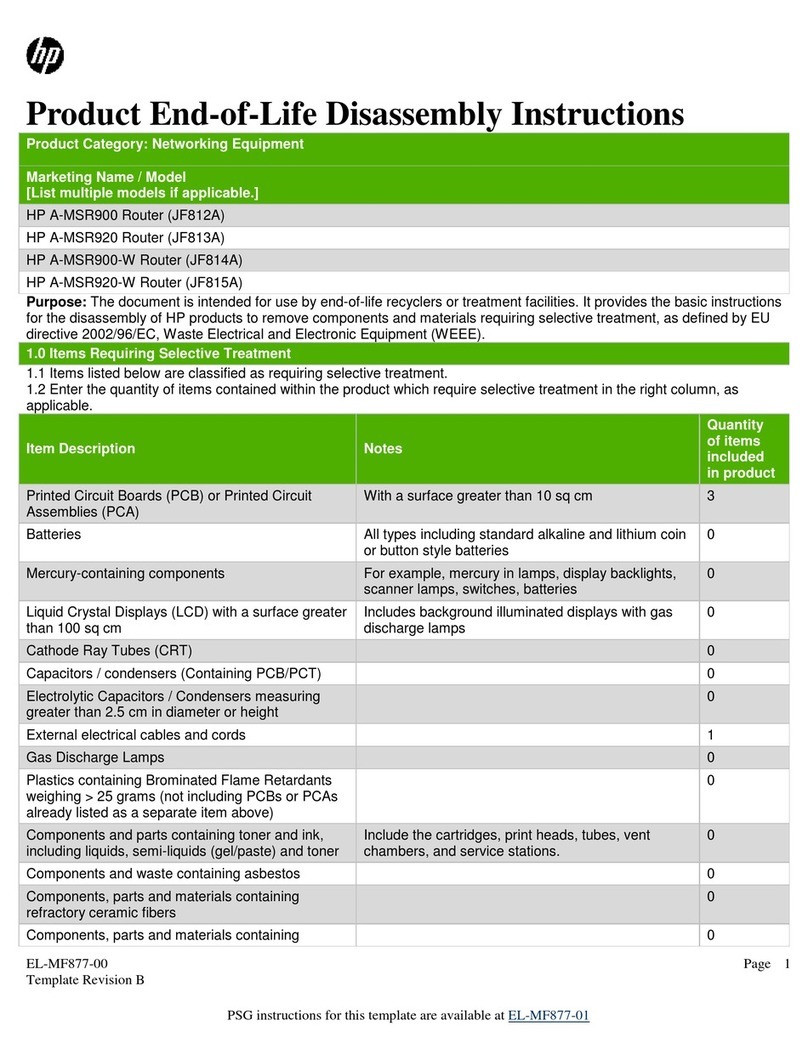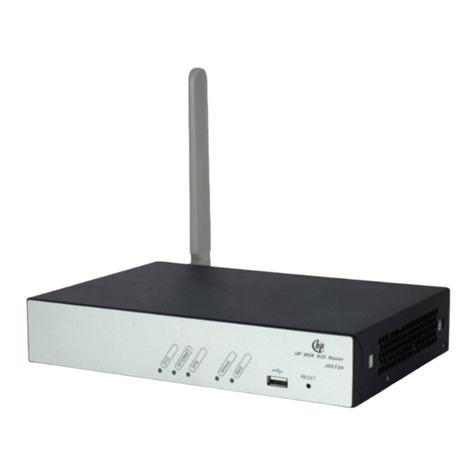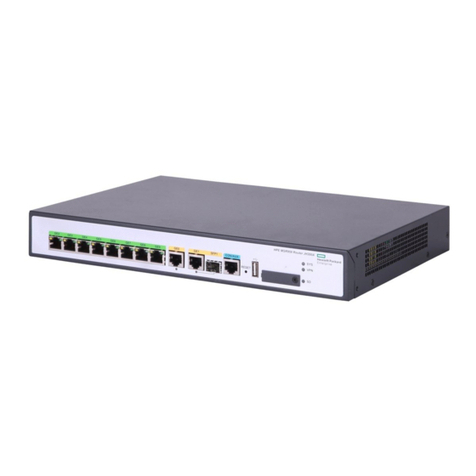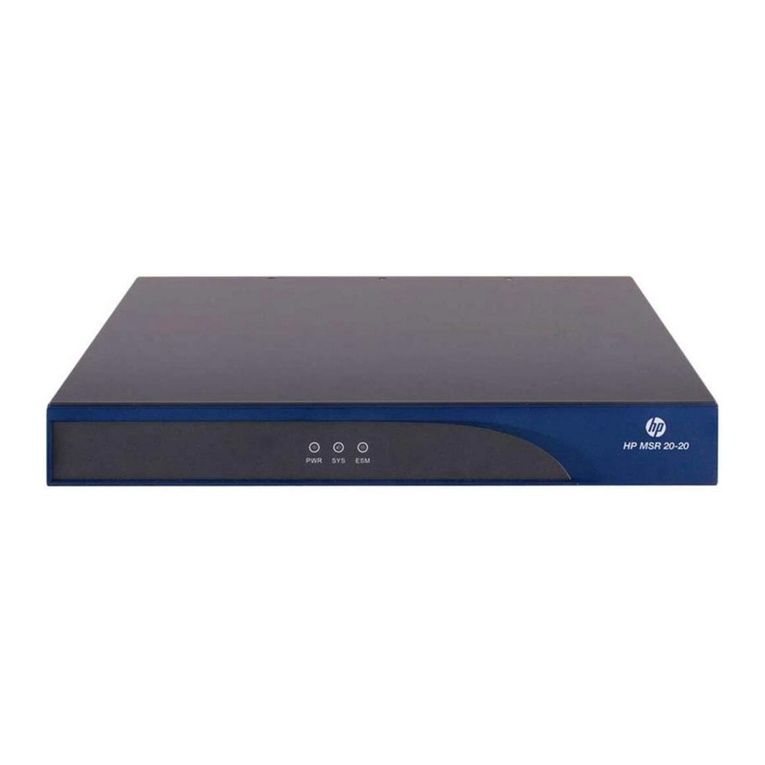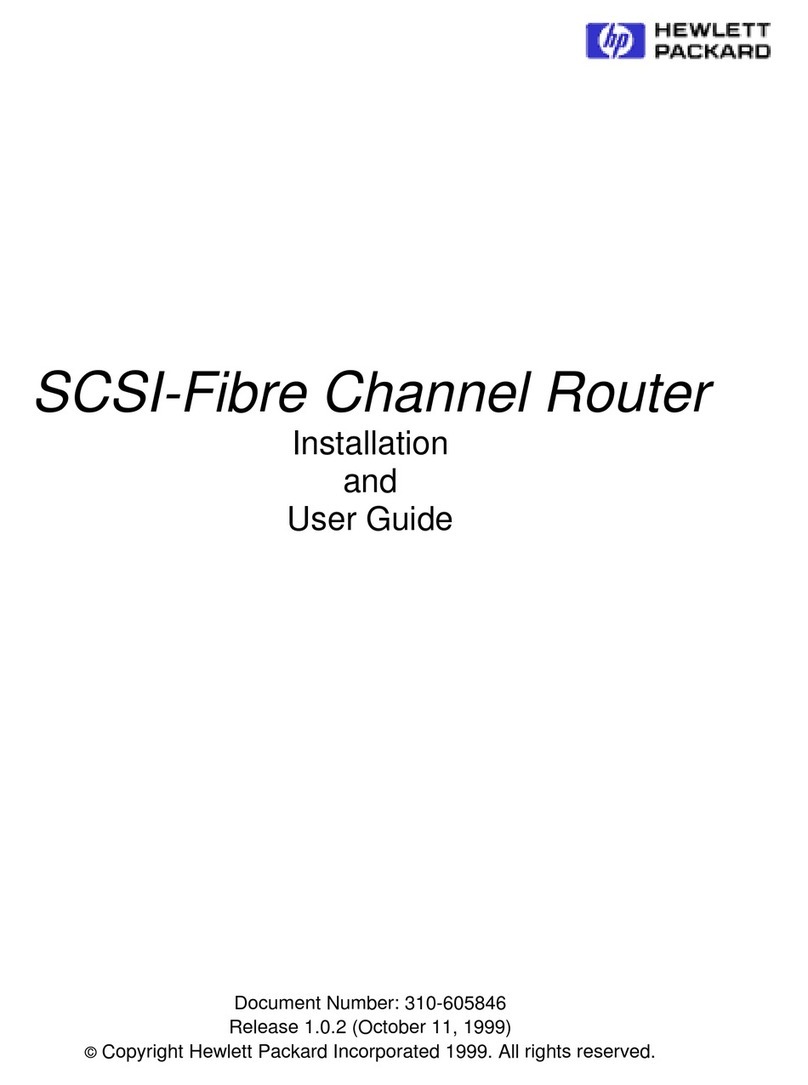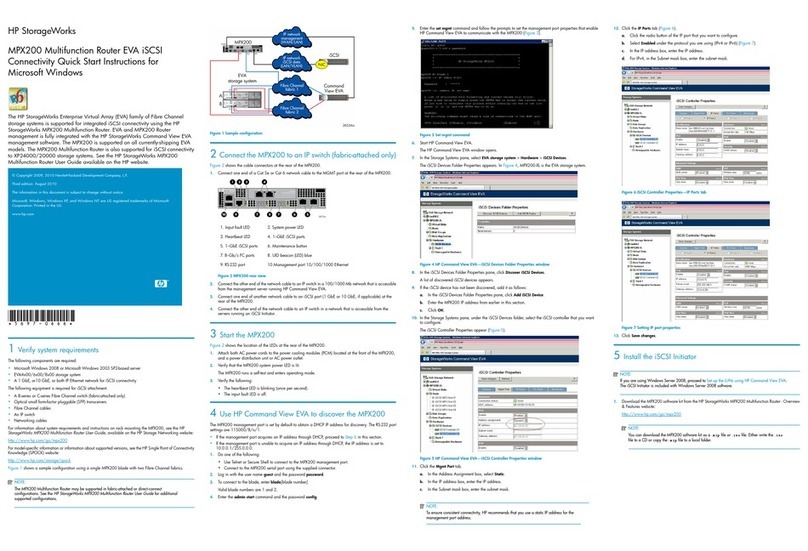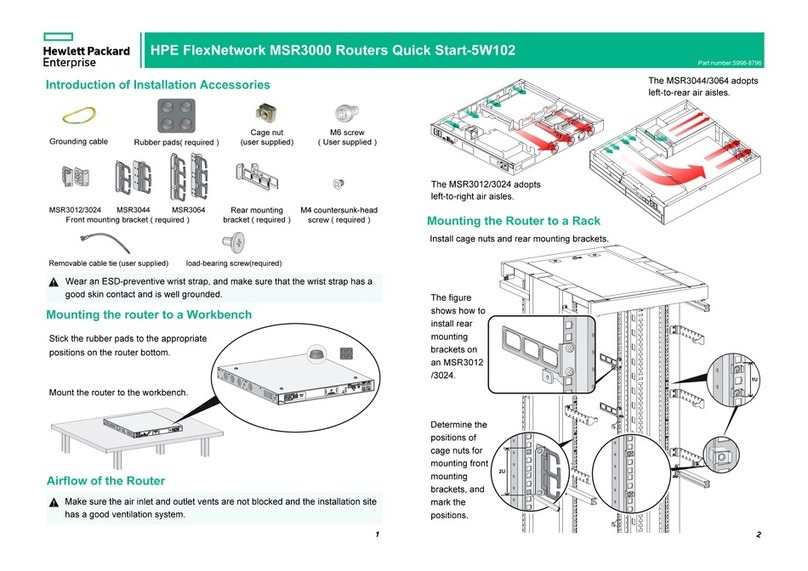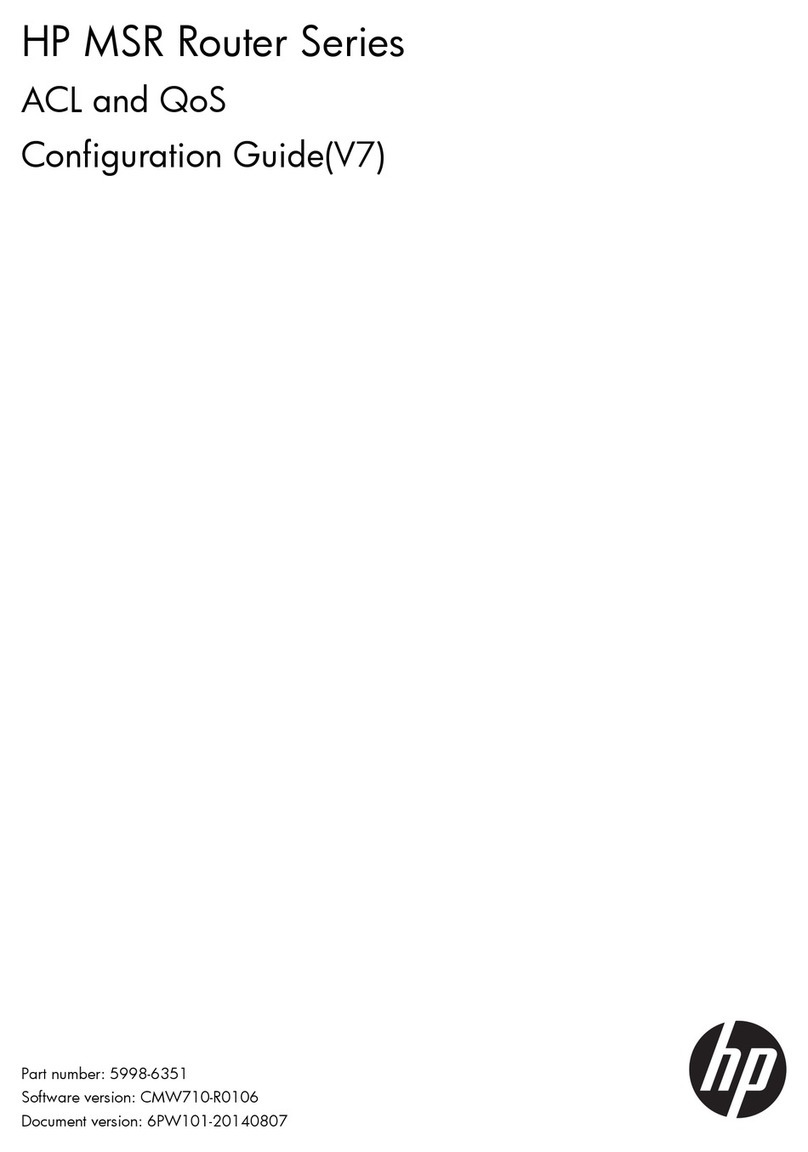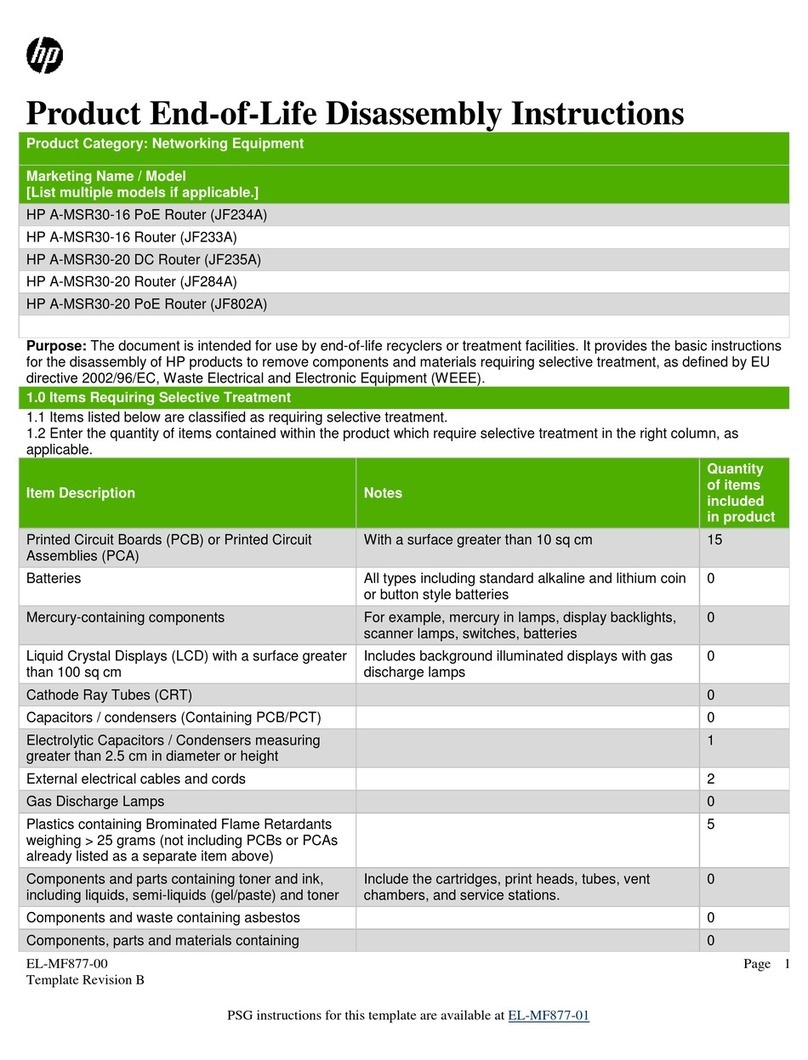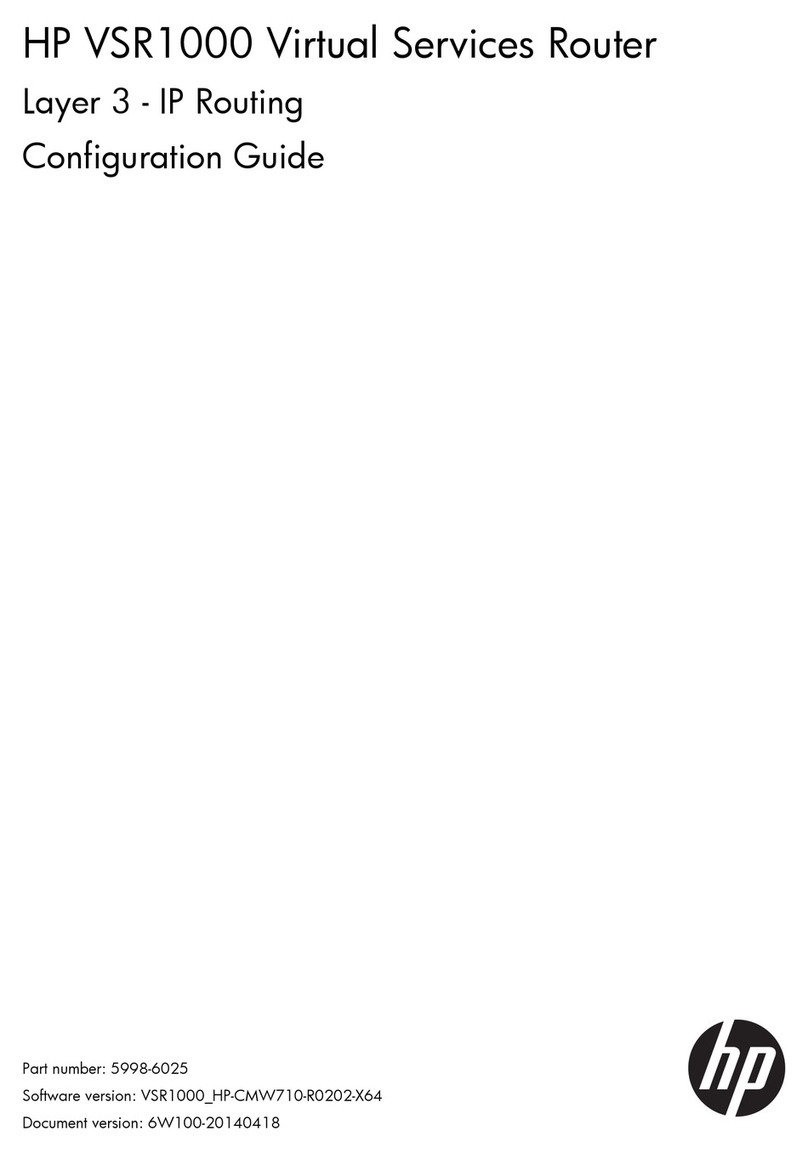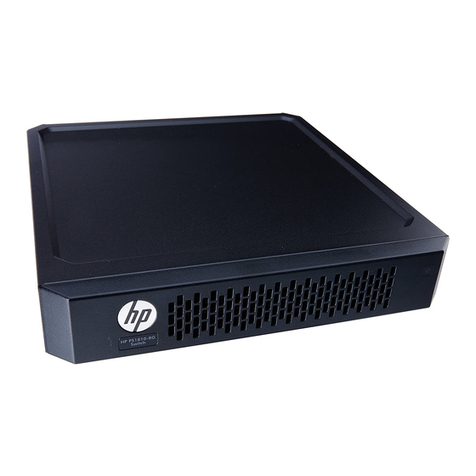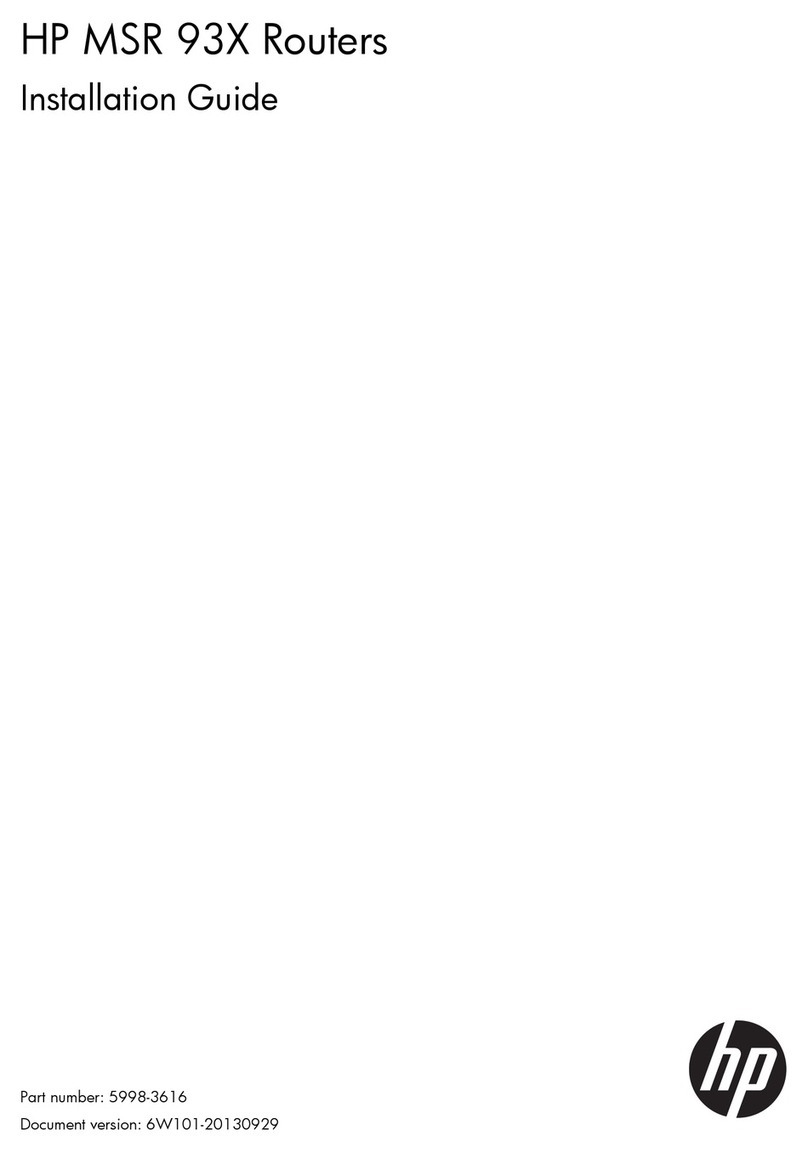vi
IPv6 basics configuration example ····························································································································130
Network requirements·········································································································································130
Configuration procedure ····································································································································131
Verifying the configuration·································································································································131
Troubleshooting IPv6 basics configuration················································································································135
Symptom·······························································································································································135
Solution·································································································································································135
DHCPv6 overview··················································································································································· 136
DHCPv6 address/prefix assignment··························································································································136
Rapid assignment involving two messages·······································································································136
Assignment involving four messages·················································································································136
Address/prefix lease renewal ····································································································································137
Stateless DHCPv6·························································································································································138
Protocols and standards ··············································································································································138
Configuring the DHCPv6 server····························································································································· 139
Overview·······································································································································································139
IPv6 address assignment ····································································································································139
IPv6 prefix assignment········································································································································139
Concepts·······························································································································································140
DHCPv6 address pool ········································································································································141
IPv6 address/prefix allocation sequence ·········································································································142
Configuration task list ··················································································································································142
Configuring IPv6 prefix assignment ···························································································································142
Configuration guidelines ····································································································································142
Configuration procedure ····································································································································143
Configuring IPv6 address assignment························································································································143
Configuration guidelines ····································································································································144
Configuration procedure ····································································································································144
Configuring network parameters assignment ···········································································································145
Configuring the DHCPv6 server on an interface ······································································································146
Configuration guidelines ····································································································································146
Configuration procedure ····································································································································146
Displaying and maintaining the DHCPv6 server ······································································································146
DHCPv6 server configuration examples····················································································································147
Dynamic IPv6 prefix assignment configuration example ················································································147
Dynamic IPv6 address assignment configuration example·············································································150
Configuring tunneling ············································································································································· 152
Overview·······································································································································································152
IPv6 over IPv4 tunneling ·····································································································································152
IPv4 over IPv4 tunneling ·····································································································································154
IPv4 over IPv6 tunneling ·····································································································································155
IPv6 over IPv6 tunneling ·····································································································································156
Protocols and standards ·····································································································································157
Tunneling configuration task list ·································································································································157
Configuring a tunnel interface····································································································································157
Configuring an IPv6 over IPv4 manual tunnel···········································································································158
Configuration example ·······································································································································159
Configuring a 6to4 tunnel···········································································································································161
6to4 tunnel configuration example ···················································································································162
Configuring an ISATAP tunnel ····································································································································164
Configuration example ·······································································································································165
Configuring an IPv4 over IPv4 tunnel ························································································································167
Configuration example ·······································································································································168




